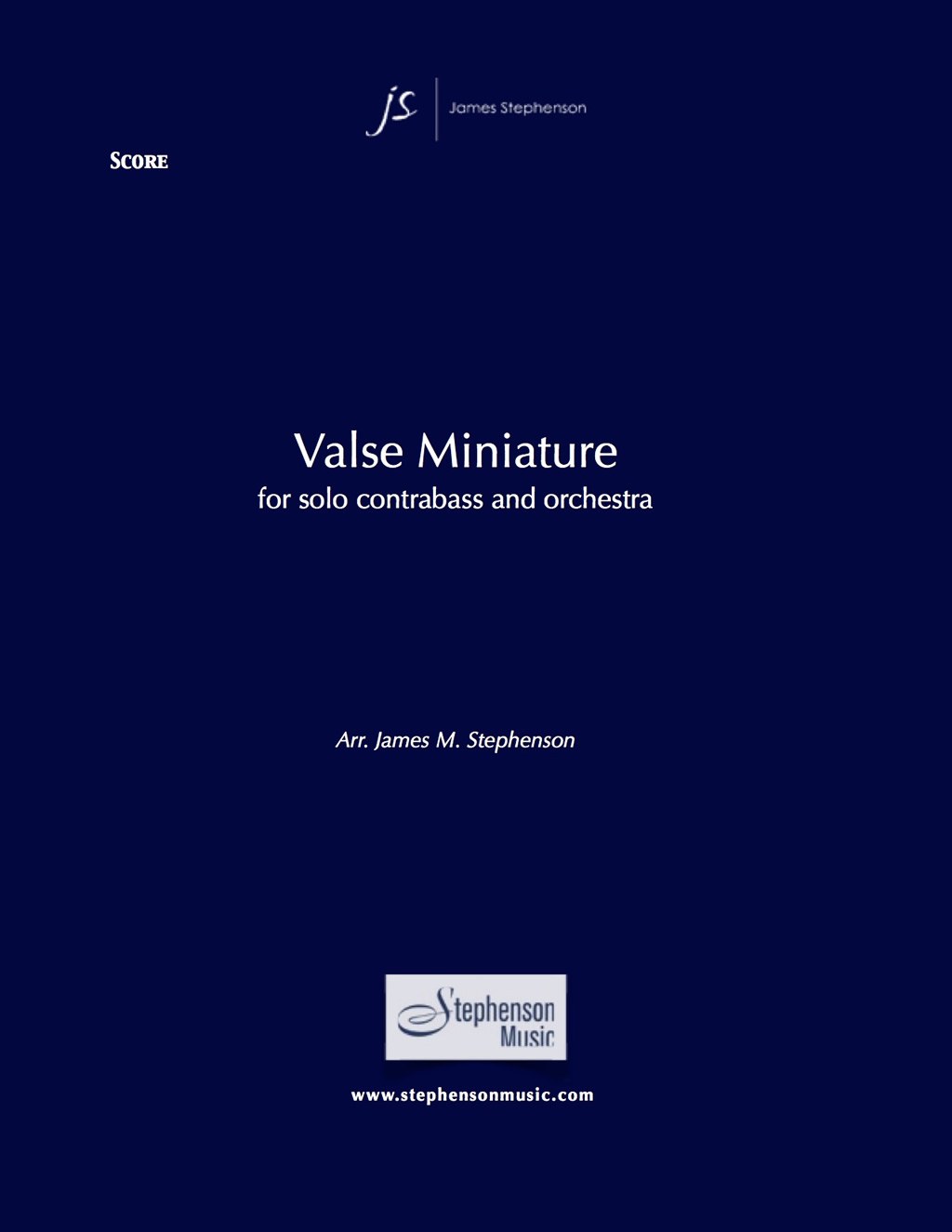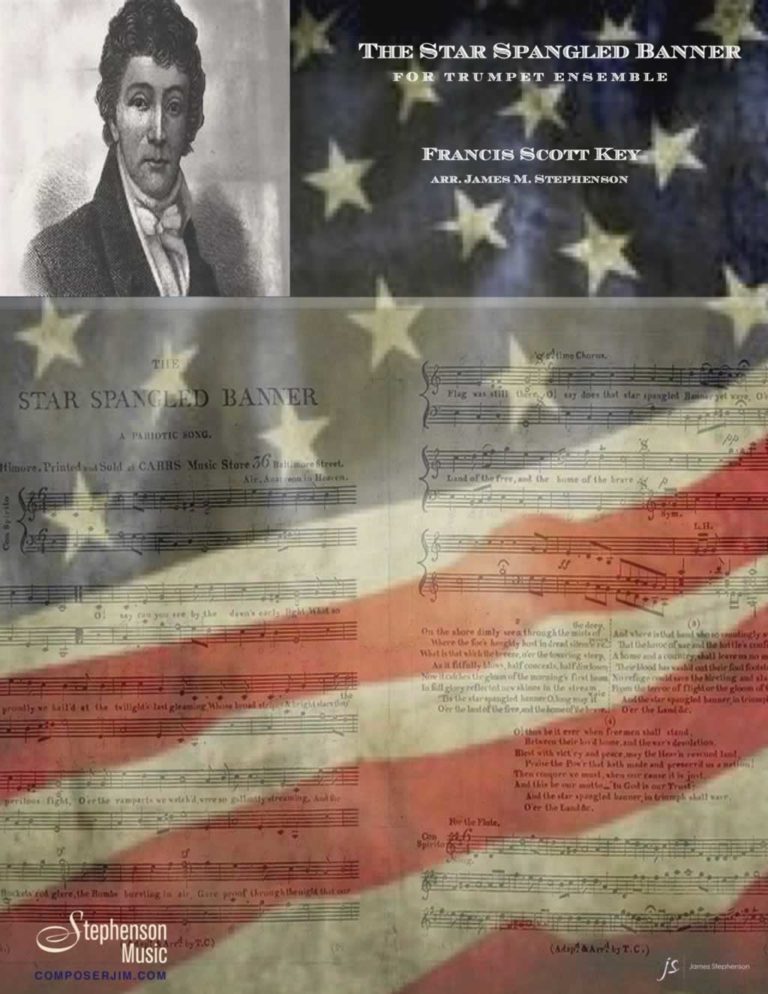Ode to Peace
$125.00 – $250.00
10′
For solo mezzo soprano and orchestra.
solo mezzo soprano, *322*3 – 4231 – t+2 – str
[waveplayer ids=”10903″]
Description
Ode To Peace (2010)
for solo mezzo soprano and orchestra
duration: 10’
Commissioned by the Lawton Philharmonic in celebration of their 50th anniversary, Jon Kalbfleisch, Music Director
In the spring of 2010, I met Jon Kalbfleisch at the Eastern Trombone Workshop in Washington, DC, where he was conducting the world premiere of my bass trombone concerto. We struck up a conversation, at which point he mentioned an upcoming 50th anniversary celebration for the Lawton Philharmonic, where he maintained the post of Music Director. The idea of a new work emerged – focusing on Native American themes, which was particularly intriguing to me – and after a few months of discussing possibilities, the decision to move ahead was finalized. The piece would be an opener before the mighty ninth symphony of Beethoven, and would likewise be a celebration of the spirit of brotherhood.
I am told I have roughly 1/64th American Indian blood, through my mother’s mother, but this hardly qualified me to assume I knew enough about the subject matter. I knew I had some research to do!
I knew two things almost immediately: first, that the American Indians were incredibly resourceful, and never wasteful, when it came to their relationship with sustaining their existence on the earth. Therefore I wanted to use the singing voice most organic, nurturing, and most closely related, (in my opinion) to that of natural human expression, the mezzo-soprano. Secondly, I wanted to find original poetry that most simply and honestly depicted this relationship. The anonymous poem, printed below, suited my needs perfectly.
The music: The harmonies of the opening “Peace”-ful section are almost entirely derived from an approximation of the Native American pentatonic scale (there is no exact scale), except for a couple of moments, when wanting to emphasize “thunder” or the like, with some tension. The use of the alto flute is to represent as closely as possible the Native American flute, of course, while the use of the solo cello is again to emphasize an instrument whose inherent qualities are most “human” or soulful. The middle section is my adaptation of a “Grass Dance” that might occur at (before) a Powwow. A lot of the orchestral musicians play in unison during this section, as is the case during such a powwow, which also reflects the unity of a Native American tribe. The drums are very important in this section; though they seem repetitive, the accents are crucial as signals during the Grass Dance.
Unfortunately, I was unable to complete the entirety of the cycle that the Grass Dance would normally span, as it would have been twice as long as its current state. I allowed hints of “angst” to come into the orchestration, suggesting wartime, or troubled history, before returning once again to a reprise and peaceful conclusion of the opening music.
All and all, what struck me most about the Native American culture was how simple and beautiful it is. And that was the most important characteristic I strove to achieve with this new work: Ode to Peace.
I would like to thank Jon Kalbfleisch and the organizing members of the Lawton Philharmonic Society for making this new work possible. I would also like to thank Ed Waap, for his prompt and invaluable expertise on Native American culture, as well as the musicians of the Lawton Philharmonic, for bringing the piece to life.
Jim Stephenson January, 2012
Performance Notes:
Though not recommended, the piece may be done without contrabassoon, if necessary. Necessary cues are in the tuba part. Native American drums should be used if at all possible. It is not my “normal” style to write so many whole notes for strings, or so many unison passages for many of the players; but I was determined to come as close as possible to reflecting the spirit and culture of the native americans, and the music poured forth as such.
Text of Poem:
Voice above, Voice of Thunder, Speak from the dark of the clouds; Voice below, Grasshopper-voice, Speak from the green of plants; So may the earth be beautiful.
— Author Unknown
Additional information
| Duration | |
|---|---|
| Featured Instrument | |
| Type of Purchase | |
| Type of Work |





